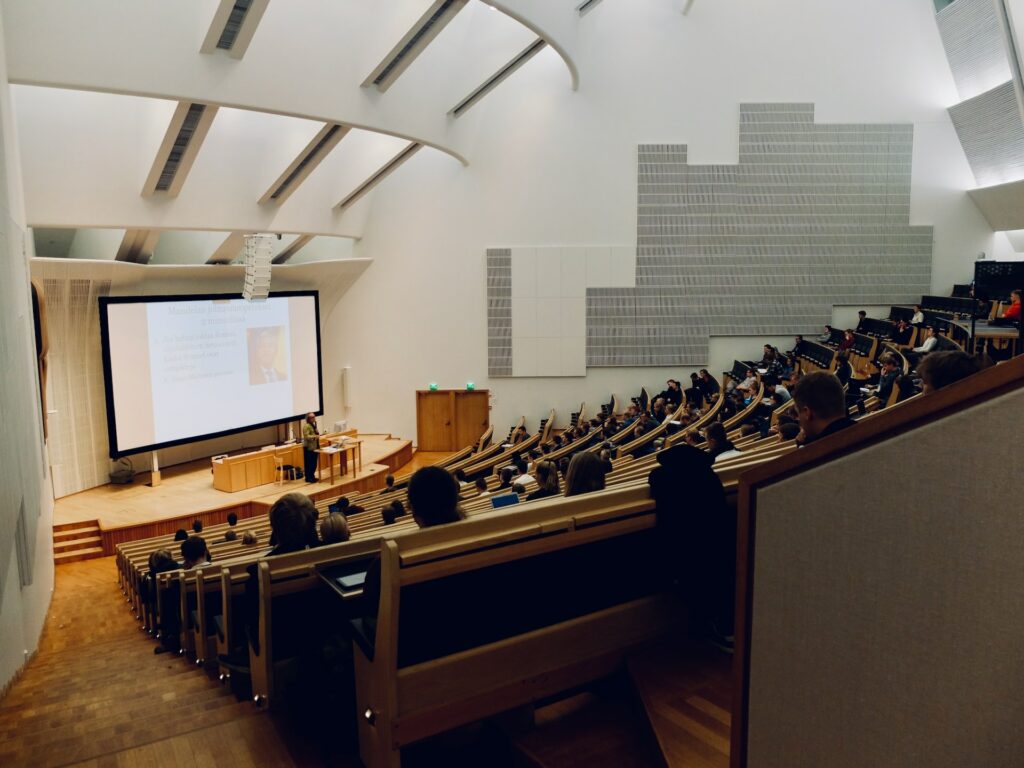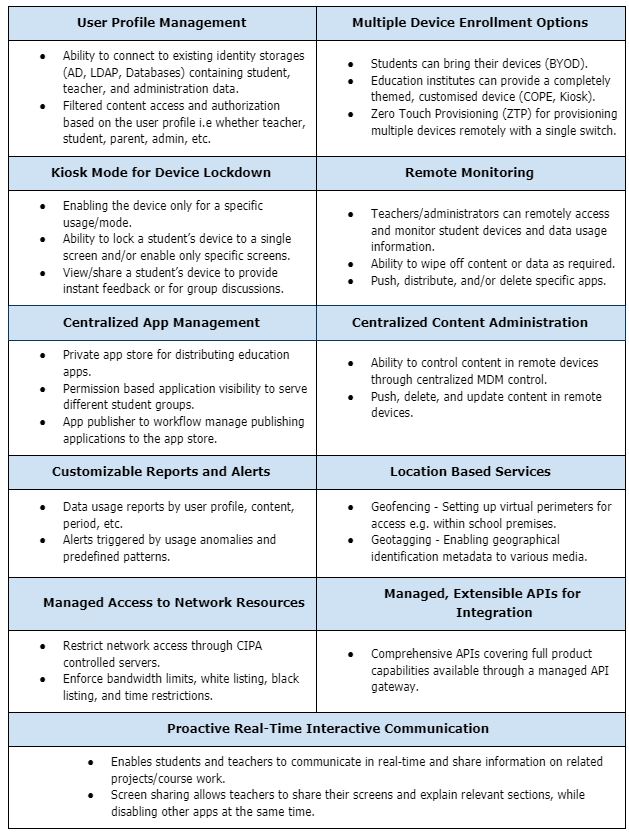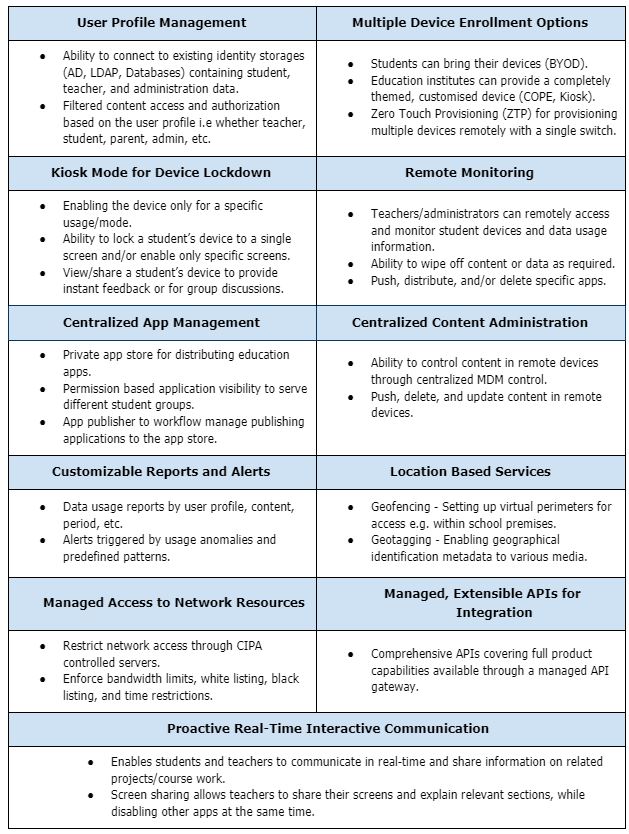The Digital Pedagogy Learning Curve: Education 4.0, MDM, and Opportunities

We have come a long way since the times when education was a privilege for the chosen elite, attainable by virtue of class, religion or gender. And a long time from when sacred scriptures had to be memorized by a trusted few to transfer knowledge from one generation to the next.
The ancient Greeks had laws in place to ensure that formal education was primarily for males and for non-slaves. In early Mesopotamia, only the royal offspring and sons of the rich or the professionals had the entitlement to be schooled, i.e., access to reading and writing. The Chinese resorted to rote memorization for teaching over 40,000 characters in their language.
In the light of such absurdities, today we are in a position to pat our own backs gleefully for being able to read ridiculous ancient teaching practices leisurely. We are also able to grasp the fact of our learning habits, too, having leapfrogged tremendously from etching on wax tablets and oral recitals to browsing content in our devices conveniently today.
Given the enormity of the knowledge we have amassed and hoarded in numerous tricky technical formats in the present day, what is required of the sentient being now is the aptitude with which to retrieve and apply just the right resources for the problem at hand. The finesse of crafting the best with what we’ve got. The learner’s armor today, in that sense, is very much personalized to the individual, in how and what works best for each individual.
Education 4.0
The evolution of digital pedagogy has been rapid and unprecedented. And definitely expedited by the pandemic.
We have now entered an era of innovation-driven, immersive learning experiences aided by digitized tools and techniques for effective knowledge retention and application. Today’s students are digital natives in every sense of the word – they are exposed to digital technologies at a very young age and understand how to use them, often in a very sophisticated manner.
In an ideal flipped classroom that we are headed to, the students embark upon actual problem-solving during the class hours, while reading up on theory and learning lessons have been moved out of the scope of the classroom. Students can watch lectures online, download relevant notes, and discuss/explore their ideas through online forums or discussion groups. This type of blended learning strategies reinforces active student engagement and knowledge application within the classroom.
Progression of education from 1.0 to 4.0:
Education 1.0 > Education 2.0 > Education 3.0 > Education 4.0

In that sense, Education 4.0 is a jump-start from its version 1.0, naturally called for, and vastly aided by the technological advancements of its counterpart, the fourth industrial revolution. Industry 4.0 has thrust us with smart technology, Artificial Intelligence (AI), big data, Virtual Reality (VR), Augmented Reality (AR), and robotics.
We must now shift our focus to empowering the next generation of learners, harnessing the culled knowledge with advanced technology for betterment – ideally in accordance with our Sustainable Development Goals for education [SDG 4]
Are we there yet?
Education 4.0 involves the use of tablets, laptops, smartphones, and various other devices as supportive tools for learning. Aimed at instilling the 4Cs the century calls for, our students are now being trained to think critically, make the most of their creativity, and communicate and collaborate effectively with their peers. With the students having a big say in the how of it today, learning has become a highly personalized experience to be indulged in from anywhere, at any time.
Such a transformation calls for an equally elaborate and sophisticated response from educational institutions. These institutions must be prepared to address challenges that arise with infrastructure, services, and facilities for students and teachers alike.
Visionary institutes like the Avinya Academy already have programs designed for empowering the next generation student that extend beyond the required skill sets – these students are equipped with the knowledge to be proficient in life and career fundamentals the future calls for.
Riding on the waves of the latest trends in tutelage, academies must incorporate and leverage progressive technology to provide the fitting educational foundation for these self-paced learners so that they can become the global digital citizens of tomorrow.
Device strategies for educational institutions
Cyber-physical learning curricula comprise course work requiring interactive, immersive learning experiences using varied e-learning tools and techniques. Possessing one’s own device is only the starting point here for the exciting escapade that awaits the learner. As such, academic institutions are better positioned to identify the exact student requirements and address the demand justifiably without calling for unwarranted problems.
Most academic institutions today provide students with centrally administered mobile devices. A strategic plan for effective device management customized to the institute’s guidelines can help manage entire fleets of devices effortlessly.
Entgra’s comprehensive Mobile Device Management (MDM) solutions present purpose-built plans for educational institutions. With its centralized device and unified endpoint management capabilities, the solution enables multiple integration options with third-party platforms.
Reliable Identity and Access Management (IAM) features are imperative for an impregnable, secure Learning Management System (LMS). With our MDM suite’s controlled access permissions, Single Sign On (SSO) and authentication policies, IT administrators can securely onboard large numbers of devices and users swiftly. With a strong foothold on securing privacy and sensitive data, Engtra MDM enables remote locking/wipe-off when subject to security breaches.
These are some of the features we support presently:

For comprehensive device strategy solutions customized to suit your academy, do reach out to us at https://entgra.io/contact-us/, and we shall be happy to help you gear up.





